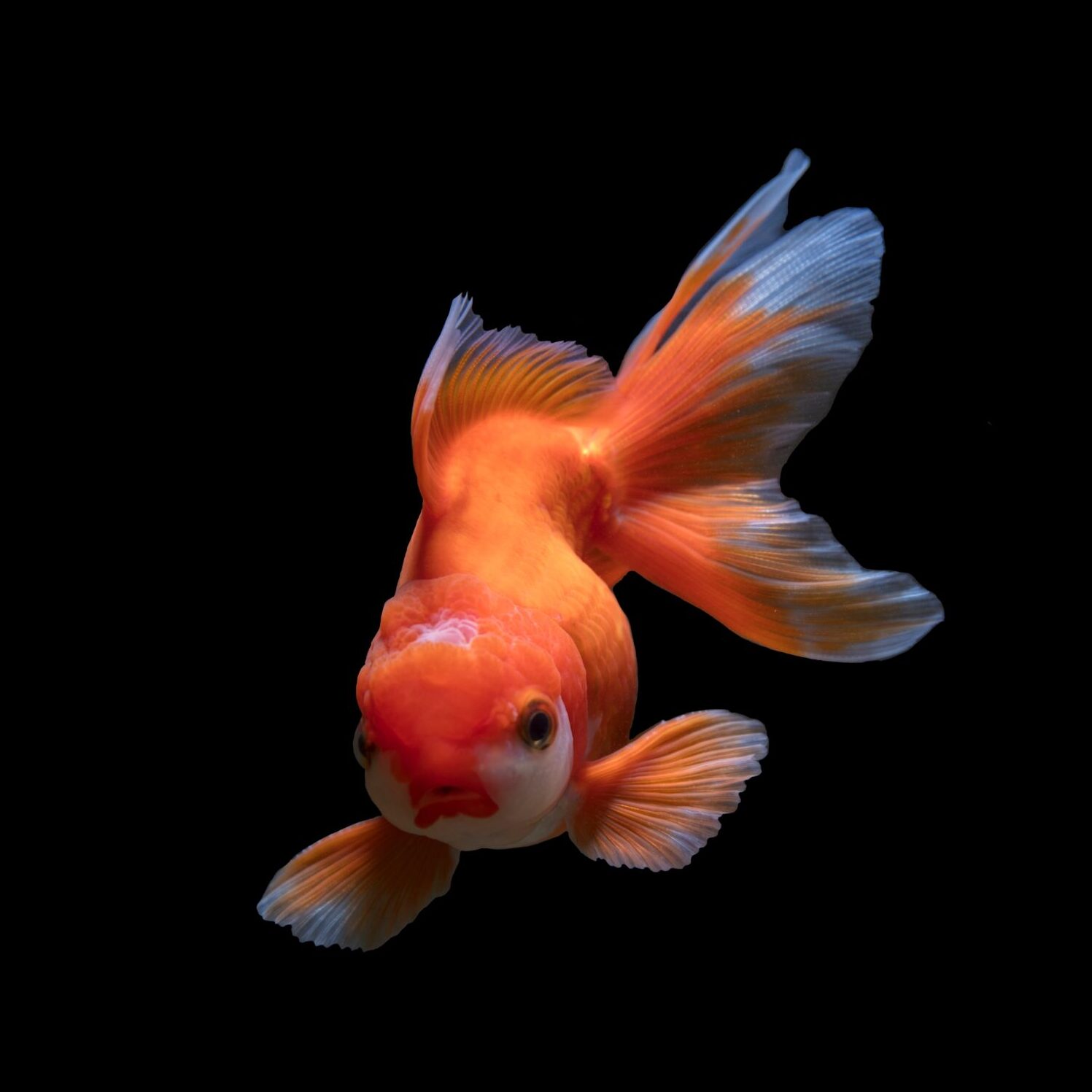Warning
NEVER do more than a 50% partial water change, which includes NEVER moving a fish from one body of water to a new one without using the drip/teaspoon acclimation method to introduce them slowly to the different chemistry1(pp325,326). If someone tells you otherwise, it is bad advice!
Why?
Freshwater fish will suffer from osmotic stress or shock if they suddenly go from water that is hard/dirty to fresh clean water. The fish’s body basically is constantly adjusting the chemistry in their body to keep the water in the tank out of their body. You drop them in the clean water, and their body chemistry is not prepared, and the freshwater rushes into their body. They become bloated and their internal organs swell up2.
If it gets really bad, their scales will lift up and people call this pineconing and dropsy but the technical term is osmotic shock.
Caveats
If you do a 50% water change one day, and then do a 50% water change the next, then the next day the aquarium water is now very similar to your replacement water. You could in theory do larger than a 50% water change at this time. However, now you have to worry about the temperature. Since you’re doing more than a 50% water change, you need to make sure that the water is actually similar to the tank temperature and not just room temperature, or you’ll cause thermal stress or shock.
Drip/teaspoon acclimation method3(p295)
Float the fish in a container at the top of the new body of water. The container should be one-half full of the old body of water.
A two-cup (16 fluid ounce) container is sufficient. Specifically, the containers they use at Petco are good because they are 20floz and have a hole on the top that you can use to add water through but also helps prevent the fish from jumping into the tank while acclimating it.
Choose one of the following methods.
- Drip one drop of the new water into the container once a minute until the container is full.
- Pour one teaspoon of the new water into the container every 15 minutes until the container is full.
Once the container is full, after approximately four hours, transfer the fish to the new body of water.
Treatment
If you accidentally did more than a 50% water change and your fish is swollen in places other than his abdomen, the treatment is to immediately use salt (NaCl). Do not go to the store, do not order it online. It is an emergency. Use the salt that you have in the kitchen. Use non-iodized salt preferably, but iodized salt is fine. Do not use water softener salt as it contains other agents. Do not use Epsom salt.
Use five (10) grams of salt per liter (there are approximately 4 liters in a gallon) and add directly in a heated hospital tank with water from the tank. Fish have a low survival rate.
Bullet dodging
“I’ve always done more than a 50% water change, and haven’t had any issues”, you say? Your water chemistries probably weren’t very different. You probably didn’t actually need to do a partial water change. Also, your fish dodged a bullet. I would recommend against sending any more bullets in its general direction now that you have more information.
Literature Cited
1 Noga EJ. Fish Disease : Diagnosis and Treatment / Edward J. Noga. Second edition. Wiley; 2010.
2 Svobodova, Z., Lloyd, R., Machova, J., & Vykusova, B. (1993). Water quality and fish health. EIFAC Technical Paper (FAO).
3 Aquarium, New England. Clinical Guide to Fish Medicine. (2021).
